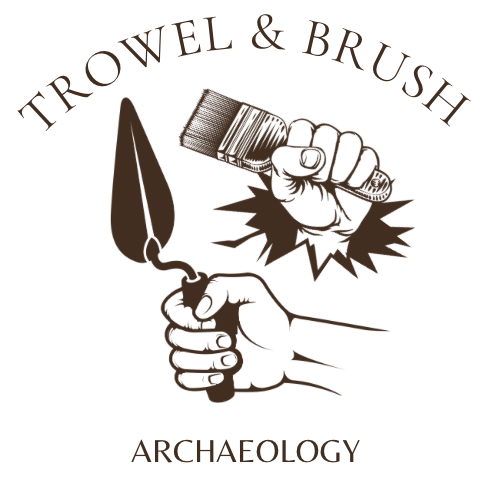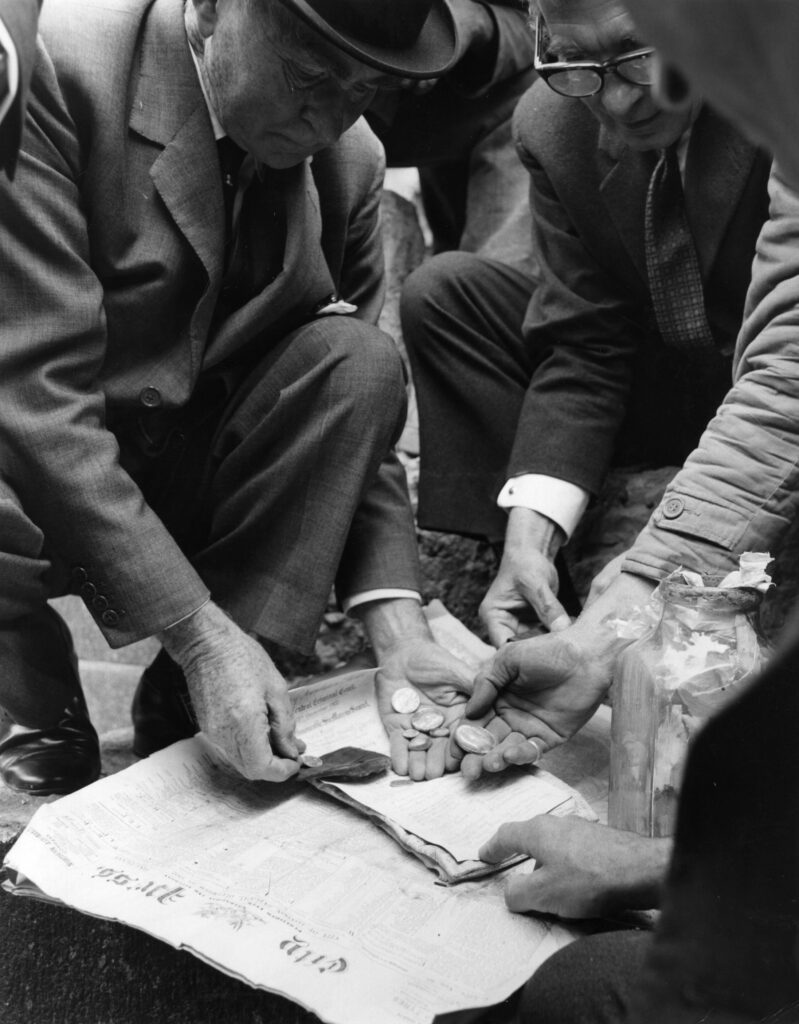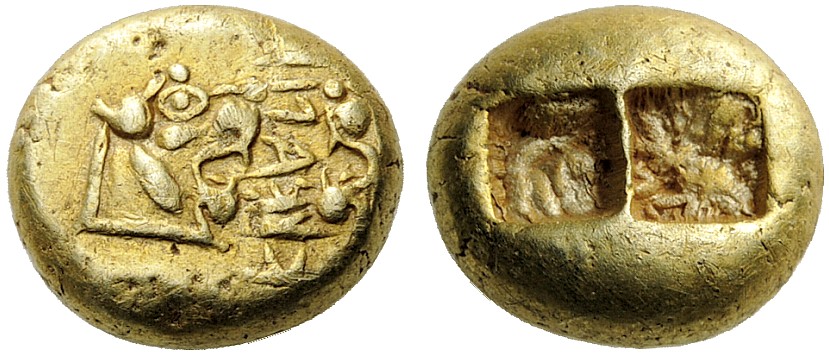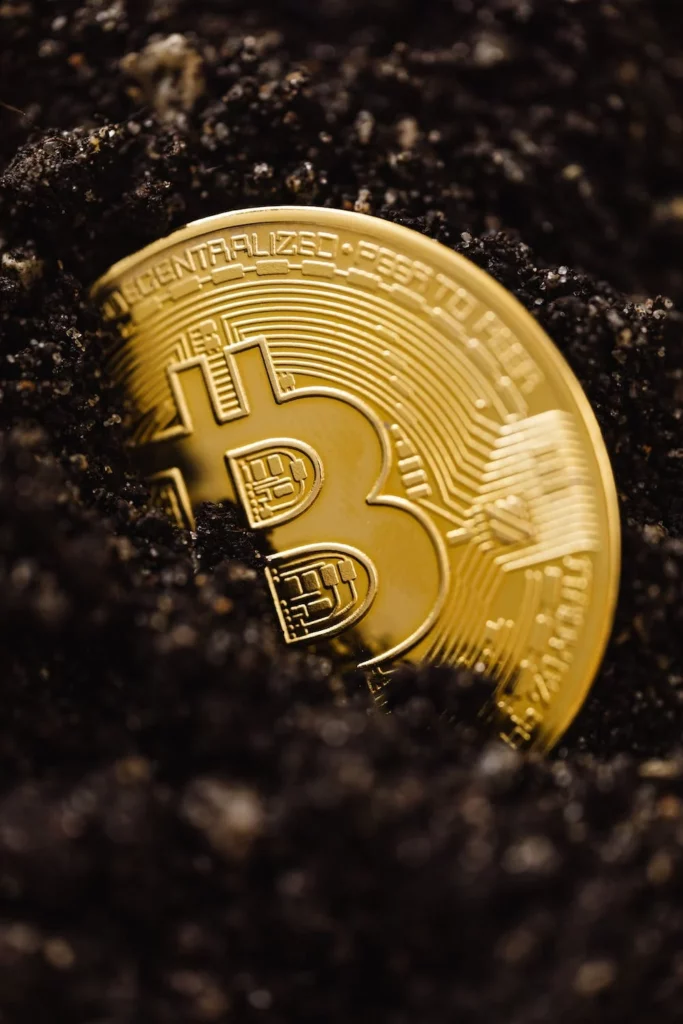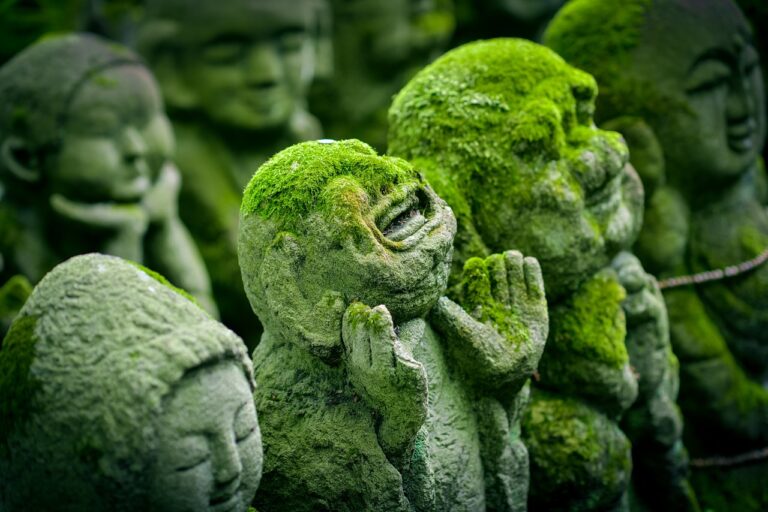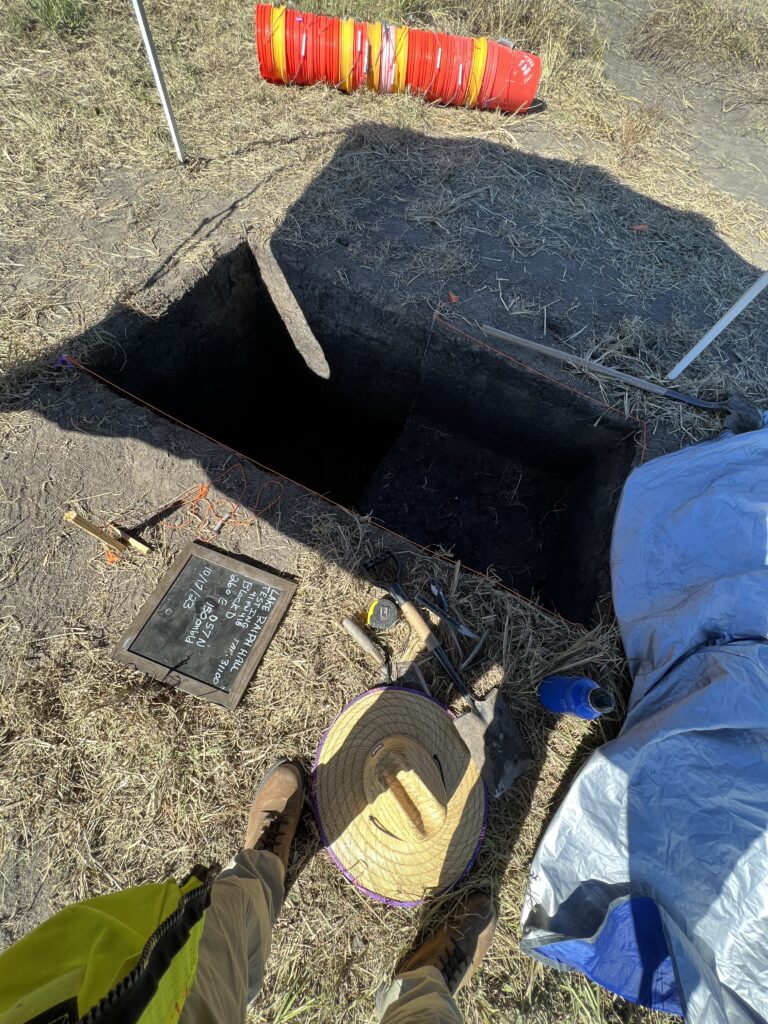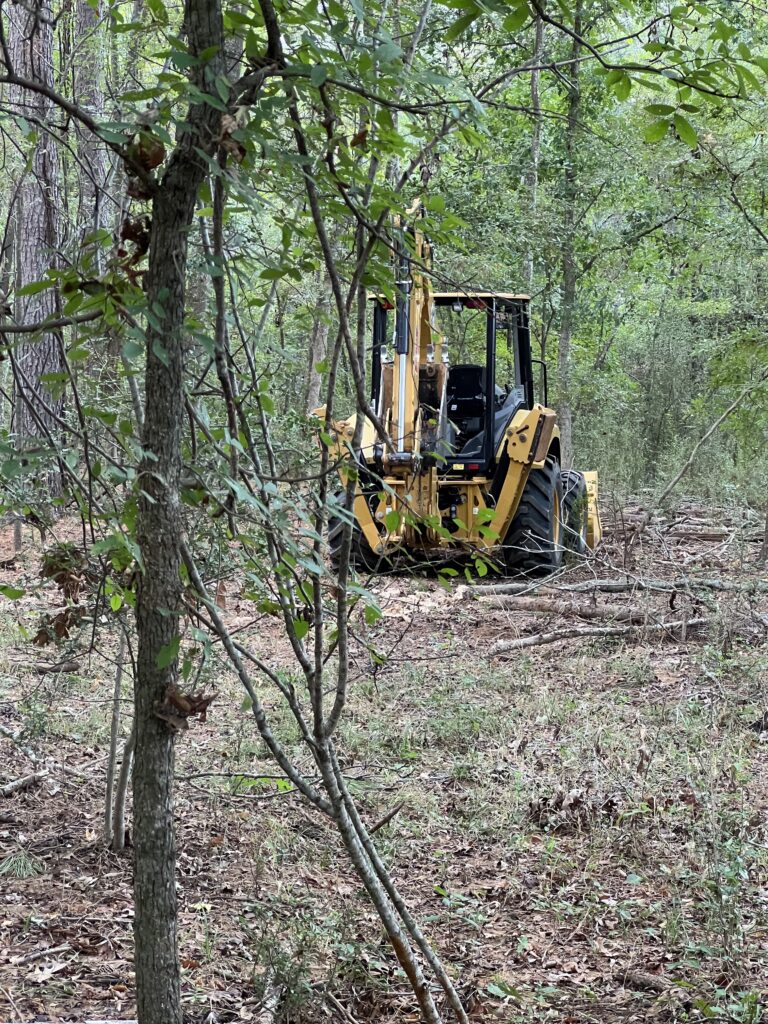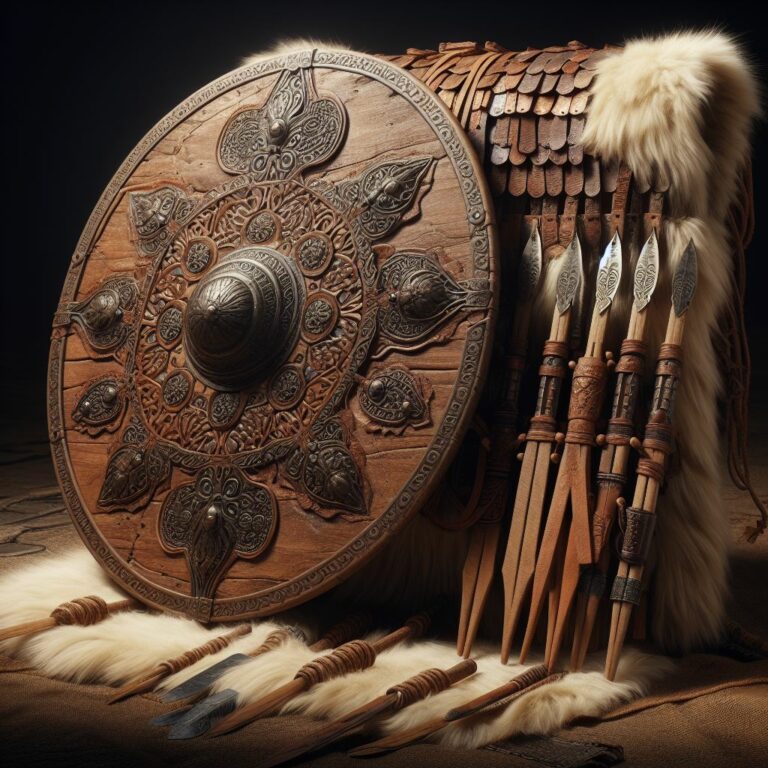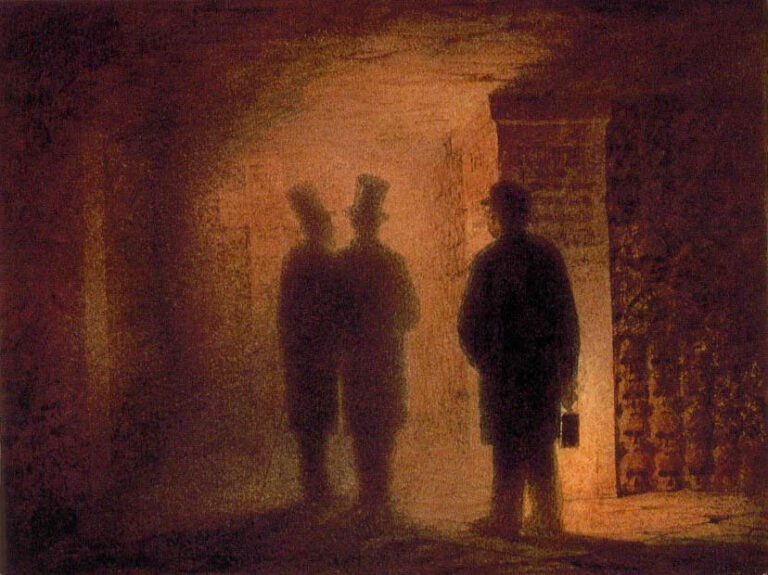The Genesis of Currency & Trade
Unearthing the Tales of Ancient Currency
In a world that is dominated by the ideology and pursuit of money, we are left to ponder when this ideological value was developed.
When humanity was just starting to thread the paths of civilization, our ancestors embarked on a journey that would reshape societies and propel human interaction and trade into dimensions never conceived. This is the story of the inception of currency, the tangible whisper of ancient civilizations, and the heartbeat of commerce and trade.
The Prelude to Currency
Before the dawn of currency, barter was the primitive method of obtaining goods and services. The ineffectiveness of this system spurred our ancestors to invent a medium of exchange. It was a time where innovation met necessity, forging what we now understand as currency.
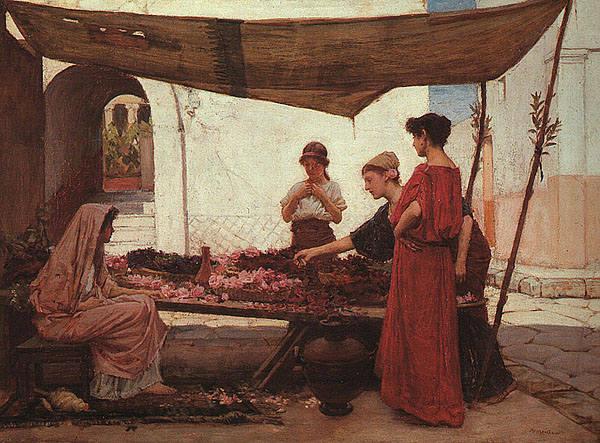
The Mesopotamian Shekel
Our first whisper of an ancient monetary system takes us to the cradle of civilization, Mesopotamia, around 3000 BCE. Excavations in this region have brought to light the shekel, a unit of weight used to valuate goods such as grain and metals. The shekel is considered by many as one of the pioneers of currency systems, a silent testament to human ingenuity.
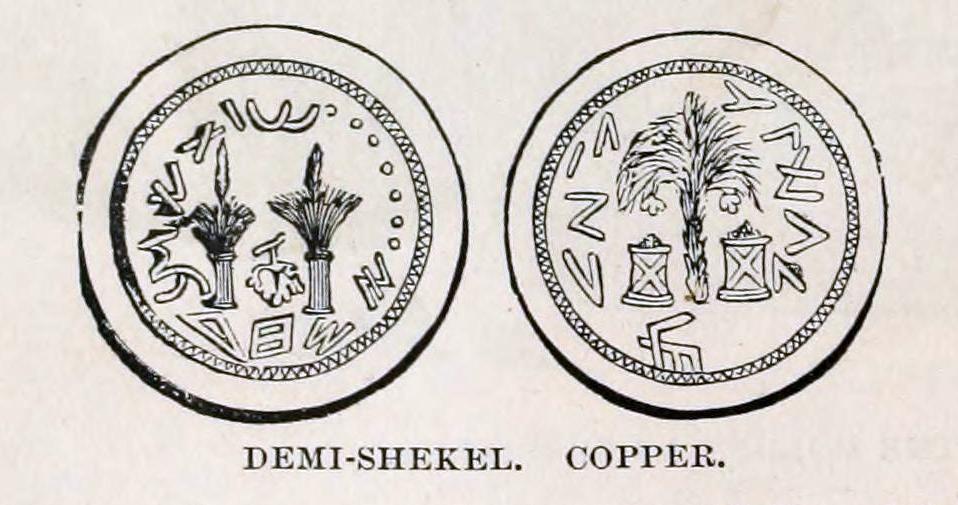
The Chinese Cowrie Shells
Voyaging to the lands of ancient China around 1200 BCE, archaeologists have uncovered intriguing examples of currency in the form of cowrie shells. These shells were used as a medium of exchange due to their rarity and aesthetic appeal. Excavated from tombs and ancient dwellings, cowrie shells beckon us into the depths of a civilization that once tread upon the artistic fusion of beauty and practicality in currency.
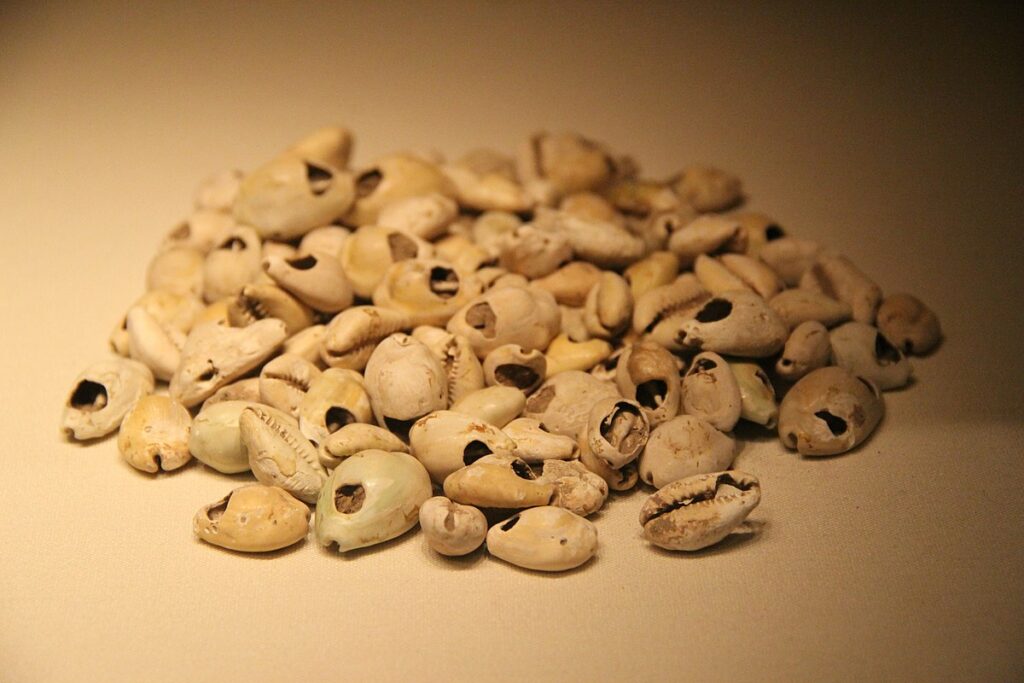
The Lydian Lion
In the ancient kingdom of Lydia, now part of modern-day Turkey, came a groundbreaking advancement around 600 BCE, the Lydian Lion coin. Made from electrum, a naturally occurring alloy of gold and silver, this coin bore the image of a roaring lion. It was the first coin with a state guarantee of value, making it a true ancestor of modern coins. Excavations in the ancient capital, Sardis, have yielded these precious coins, allowing us to peer into the vibrant heartbeat of ancient Lydian commerce.
The Tales these Currencies Tell
Each piece of currency unearthed tells a unique tale of the society it originated from. The shekel speaks of a civilization that began quantifying the value of goods and services. The cowrie shells narrate tales of a society that valued rarity and aesthetic appeal in their mediums of exchange. The Lydian Lion stands as a majestic symbol of state power guaranteeing value, echoing the intricate relationship between state and commerce.
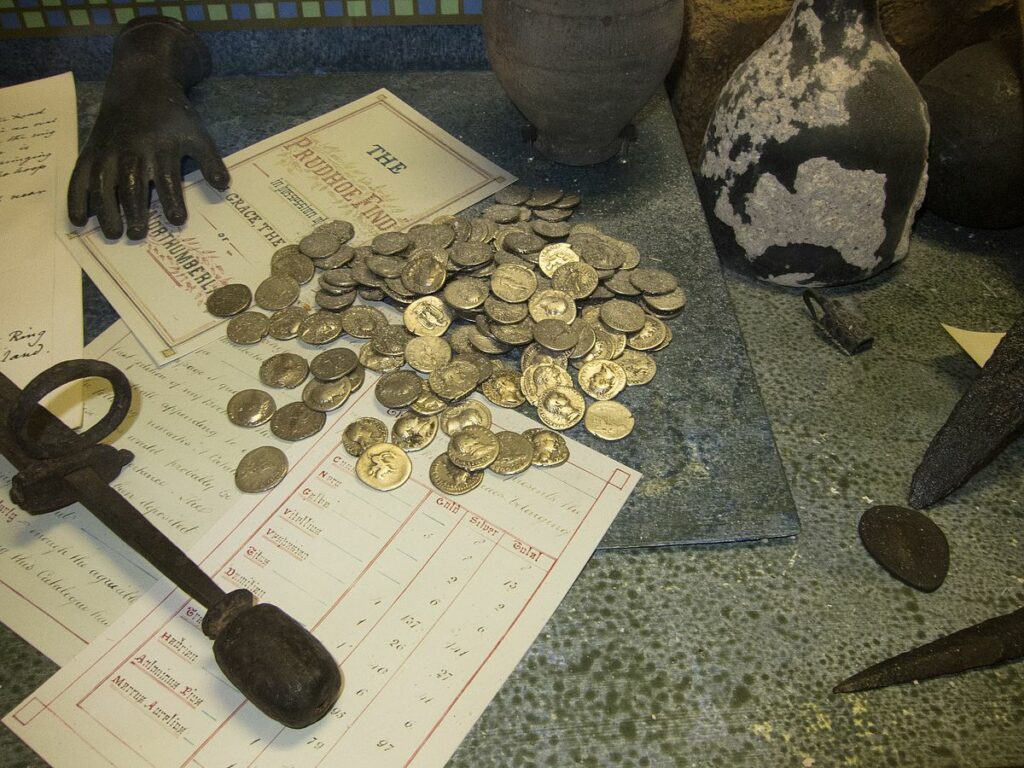
The Legacy and Continuation
The discovery and study of these ancient currencies not only provide a glimpse into the economic structures of early civilizations but also make us reflect on the evolution of trade and commerce. The evolution from barter to a standardized medium of exchange marked a monumental shift in human interaction, impacting socio-political structures and paving the way for advanced economic systems.
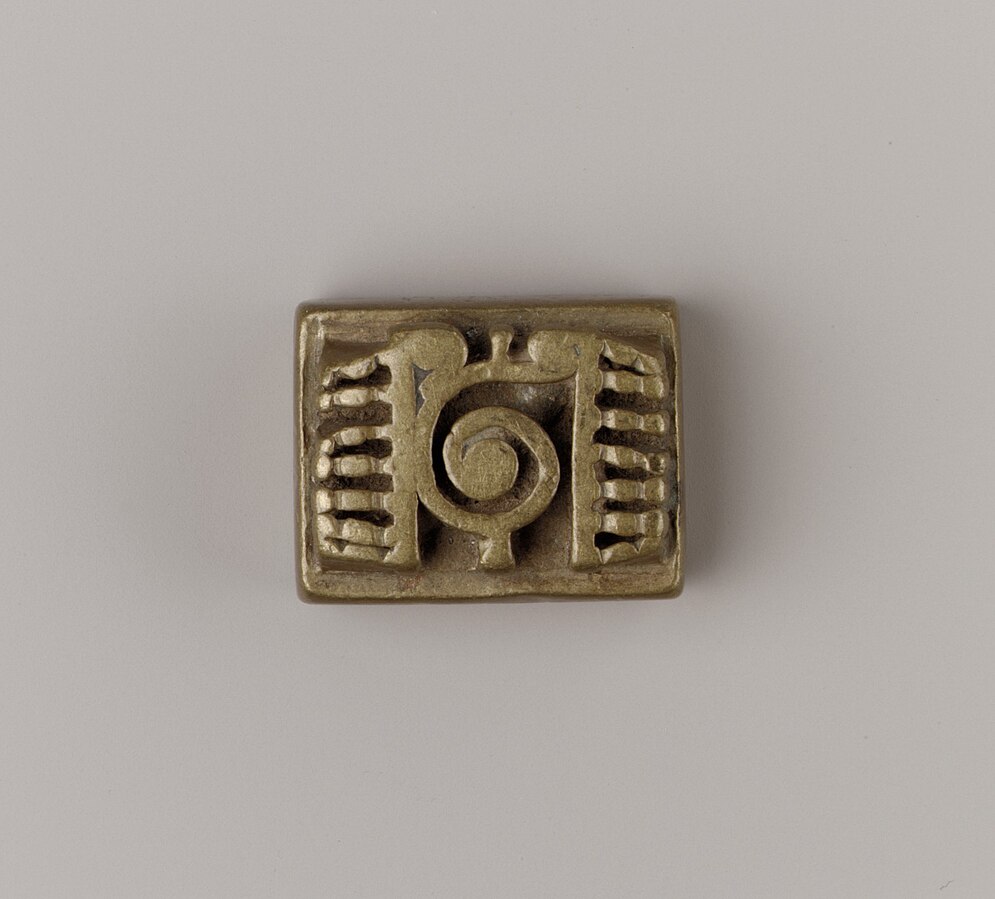
The Musing Archaeologist
As we, the seekers of lost tales, continue to unearth the whispers of ancient times, we wonder about the untold stories and undiscovered forms of currency that still lie buried, waiting to reveal their secrets. Every discovery is a piece of a vast, intricate puzzle that constructs the multifaceted narrative of human civilization. And so, with every grain of sand we shift, with every artifact we uncover, we weave together the threads of a story that spans the ages, a story that speaks of the genesis, evolution, and legacy of the first-ever currency.
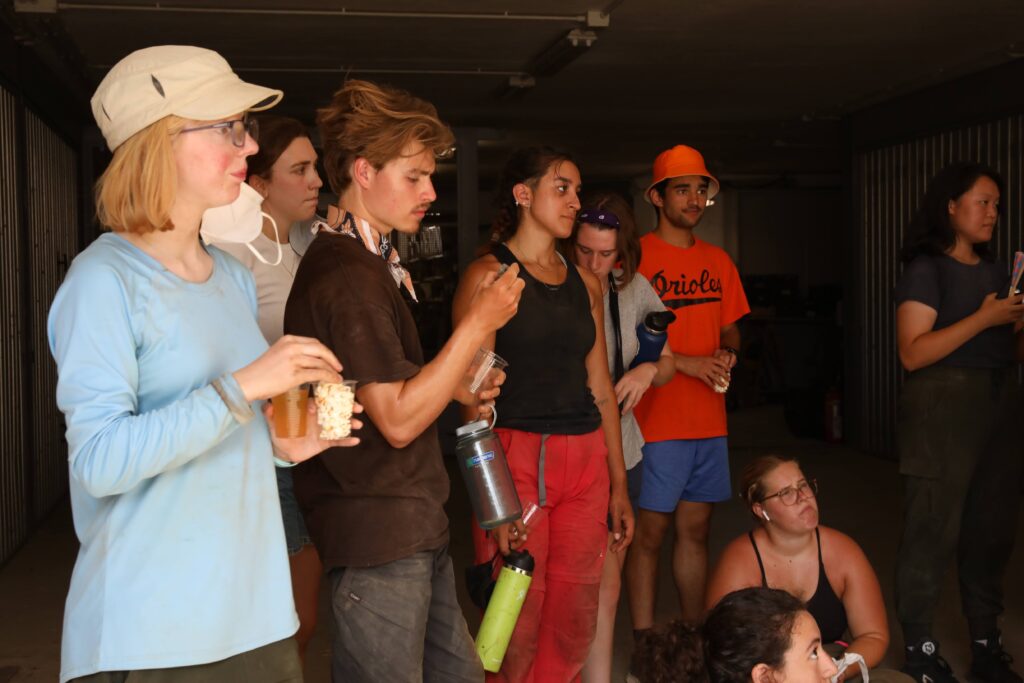
Legacy & the next evolution
The invention of currency was a colossal leap for mankind, transforming societies and laying the foundation for the intricate economic structures we see today. The ancient currencies—whether it be the Mesopotamian shekel, the Chinese cowrie shells, or the Lydian Lion—resonate with the pulse of the civilizations they belonged to, narrating tales of innovation, power, beauty, and value. As we delve deeper into the sands of time, we continue to unravel the rich tapestry of our ancestors’ journeys, journeys that have shaped our path and will continue to shape the paths of generations to come. Who knows, the next evolution in currency may already be upon us as we venture deeper into the digital age.
Currency
“Fun Fact:
A fascinating example of ancient currency comes from the island of Yap, located in the western Pacific Ocean. The native inhabitants of Yap developed a unique form of currency known as Rai stones. These aren’t coins in the way we typically imagine; instead, they are large, circular stone discs with a hole in the center. Some of these stones are as large as 12 feet in diameter!
Interestingly, due to their immense size and weight, Rai stones were often not physically moved after being exchanged. Instead, ownership was transferred orally, and the entire community would acknowledge the new owner of the stone. This means a stone could technically be owned by someone even if it was located outside the person’s property, showcasing a unique communal trust-based system of currency and ownership.”
If you enjoyed this tale about currency and trade, don’t forget to check out our other archaeological articles by clicking the button below.
